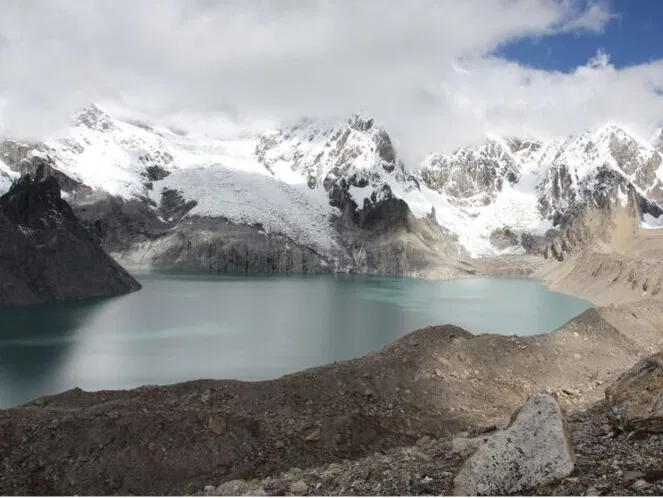Study reveals invisible glacier loss in greater Himalayas
New Delhi, April 4 (PTI) The mass loss of lake-terminating glaciers in the greater Himalayas has been significantly underestimated from 2000 to 2020, due to the inability of satellites to see glacier changes occurring underwater, according to a study.

The finding, published in the journal Nature Geoscience, has critical implications for the region’s future projections of glacier disappearance and water resources.
The international team, including researchers from the University of St. Andrews (UK), and Carnegie Mellon University (US), found that a previous assessment underestimated the total mass loss of lake-terminating glaciers in the greater Himalaya by 6.5 per cent.
The most significant underestimation of 10 per cent occurred in the central Himalaya, where glacial lake growth was the most rapid, the study found. A particularly interesting case is Galong Co in this region, with a high underestimation of 65 per cent.
This oversight was largely due to the limitations of satellite imaging in detecting underwater changes, which has led to a knowledge gap in our understanding of the full extent of glacier loss, the researchers said.
They found that from 2000 to 2020, proglacial lakes in the region increased by 47 per cent in number, 33 per cent in area, and 42 per cent in volume.
This expansion resulted in an estimated glacier mass loss of around 2.7 gigaton (Gt), equivalent to 570 million elephants, according to the researchers.
This loss was not considered by previous studies since the utilised satellite data can only measure the lake water surface but not underwater ice that is replaced by water.
“These findings have important implications for understanding the impact of regional water resources and glacial lake outburst floods,” said study lead author ZHANG Guoqing from the Chinese Academy of Sciences (CAS).
By accounting for the mass loss from lake-terminating glaciers, the researchers can more accurately assess the annual mass balance of these glaciers compared to land-terminating ones, highlighting the accelerated glacier mass loss across the greater Himalaya.
The study also highlights the need to understand the mechanisms driving glacier mass loss and the underestimated mass loss of lake-terminating glaciers globally, which is estimated to be around 211.5 Gt, or roughly 12 per cent, between 2000 and 2020.
“This emphasizes the importance of incorporating subaqueous mass loss from lake-terminating glaciers in future mass-change estimates and glacier evolution models, regardless of the study region,” said study co-corresponding author Tobias Bolch from Graz University of Technology (Austria).
David Rounce, a co-author from Carnegie Mellon University, noted that in the long run, the mass loss from lake-terminating glaciers may continue to be a major contributor to total mass loss throughout the 21st century as glaciers with significant mass loss may disappear more rapidly compared to existing projections.






